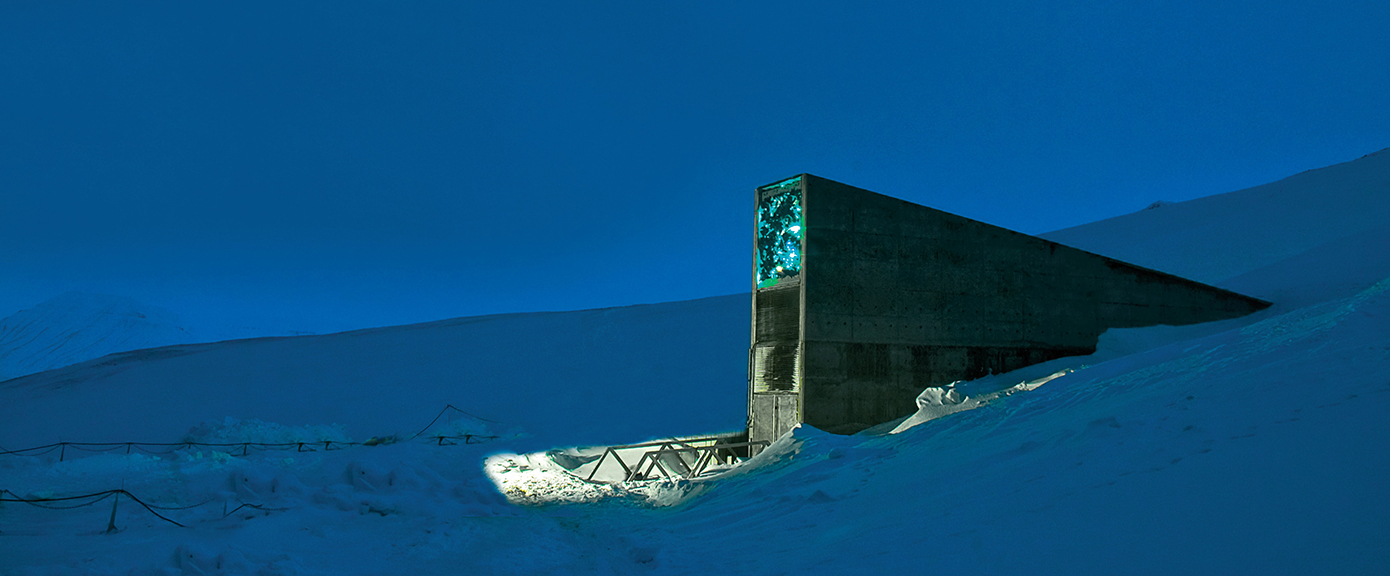“The year 2128 was a terrible one”.
The robot seemed to cry as it said those words.
We were pacing all over one of Zuhura’s numerous decks as we inspected the rows and rows and rows of rice plants. The white basins on which they grew were filled with a dense bluish mist that nourished them. Piled up to 300 meters into the air, production was in full force.
As she spoke, Ms. Robot and I were being lifted on a platform that would allow us to see the crops on the upper decks. She glided along the rows, took mental notes and reported that the crops were doing fine. I agreed, and we moved on.
The platform lowered us and we were soon moving on solid ground again.
The snake-like, 5 foot robot led the way as I followed a short distance behind. For such a long machine, it was slender given that it did not measure more than 2 inches at its widest point. Its cylindrical body was filled with all sorts of sensors, making her the perfect assistant during crop inspection runs.
We were soon at the orchard.
This was one of my favorite spots, it reminded me of the world we lost. Of all the planting decks, it had the what appeared to be the closest resemblance to the vineyards of centuries past. The mangoes, apples, cherries, papayas, loquats, berries, avocadoes, and many many more.
I stood at one end and beamed the inspection gun. Its blue-yellow light filled the deck as it gathered data on each fruit. In the meantime, Ms. Robot moved from one tree to another at lightning speed. When she came back, her results matched mine.
They were all doing fine, too.
Our inspections done for the day, I bid Ms. Robot goodbye and headed to the observatory. It was raining, and the pink, brown and colorless drops of sulfuric acid covered that thick windows that protected the deck from the chaos that is Venus’ atmosphere.
Zuhura is one of the two dozen farm-cities that float some 50 kilometers above the surface of Venus. They are part of hundreds of similar but much larger cities akin to the space crafts I dreamt about all those years ago. Humans moved here after the catastrophe.

Sitting at the observatory reminded me of that eventful day. Even after five decades since the doom, I remember it clearly, as if it just happened yesterday. It was in February, on Friday the 13th, the year 2128.
An apprehensive day, it was.
Unlike previous in years when most people would have been preparing for Valentines Day, evacuations to the Antarctic and outer space were in had already ended. Not all people could be carried on the space arks and therefore priority was given to those with expertise in needed areas.
The frozen continent was thought to be the next best alternative. That was a tough and controversial choice, I often wonder whether the situation could have been handled differently.
There was a huge risk of a meteor colliding with the planet.
“Asteroids and meteors are just jealous of Earth because they didn’t become planets!”, were the last words Ivar, one of my colleagues in the 1000-strong team said before we were asked to do the necessary. Some in the multidisciplinary team laughed, nervously.
There were fears that should the meteor hit the Earth, it could cause mass extinction. We had been preparing to evacuate the Global Seed Bank at Svalbard for years since the first reports of the risk were announced. The bank was made for Dooms day, and here it was.
The billions of seeds in its valuts had to be evacuated to the moon.
The evacuation was done secretly for several weeks eight months before the collision happened. We separated the vaults into appropriate sets, and placed them in massive shipping containers. Each one was labelled with the logo and of the Crop Trust.
The Norwegian cold stood in sharp contrast with the heat that would soon sweep through the world. That heat killed more than 8.5 billion people. Just slightly over a billion people safely made it to the Venus-bound floating cities like Zuhura and the Mars colony.
The last memories I have of Earth are of what happened on that Friday the 13th. The telescopes orbiting the planet beamed us the images on our moon station. The impact was, ironically, near the Cape of Good Hope. A huge blinding light was seen followed by a loud bang that could be heard all over the galaxy!
Even at thousands of kilometers away, we sweated, profusely the extreme heat that scorched the Earth. We trembled upon seeing the violent winds swept up sky-crappers like leaves in a storm. Tsunamis that were a hundred times the height of Mount Everest wrecked havoc. We wept. All of us lost family and friends in the doom.
Earth died a violent death.

Before that, the billions of seeds were shipped to the Kennedy Space Center on the Florida coast. Our team then split into twenty groups of 50 each and were airlifted to several rocket launch sites around the world.
A few days later we were blasted into the lunar surface to set up facilities for preserving and breeding the seeds. Since then, moon has acted as the new Svalbard and all space farms rely on it for their seeds.
The extensive diversity in that gene pool has been vital to humanity’s survival in this new environment.
Even in the face of such a catastrophe, crop breeding still exerts its importance. That is why in the next couple of weeks I’ll share with you stories on:
1. The History of crop breeding
2. The art & craft of crop breeding
3. The science of crop breeding
4. The economics of crop breeding
Keep breeding, and yeah, pun intended!


4 thoughts on “Crop Breeding: From Svalbard to Zuhura”